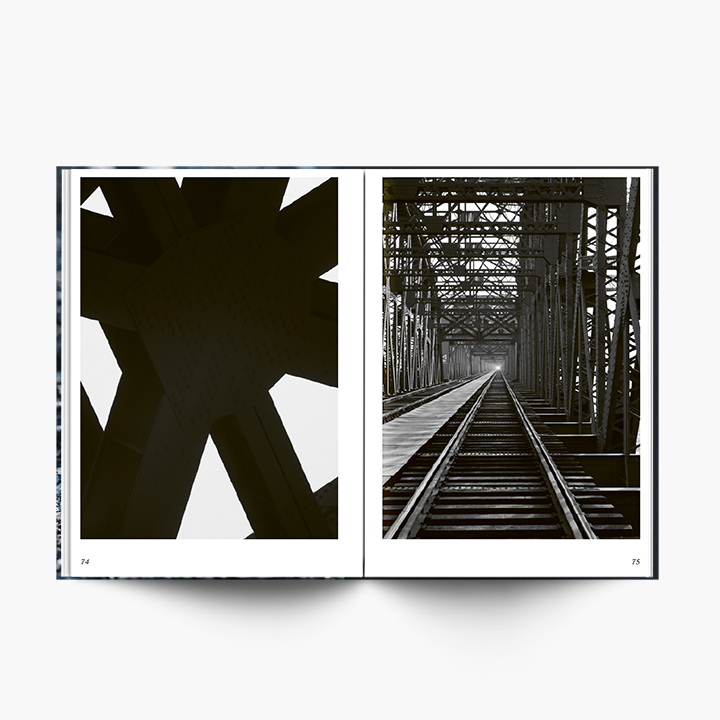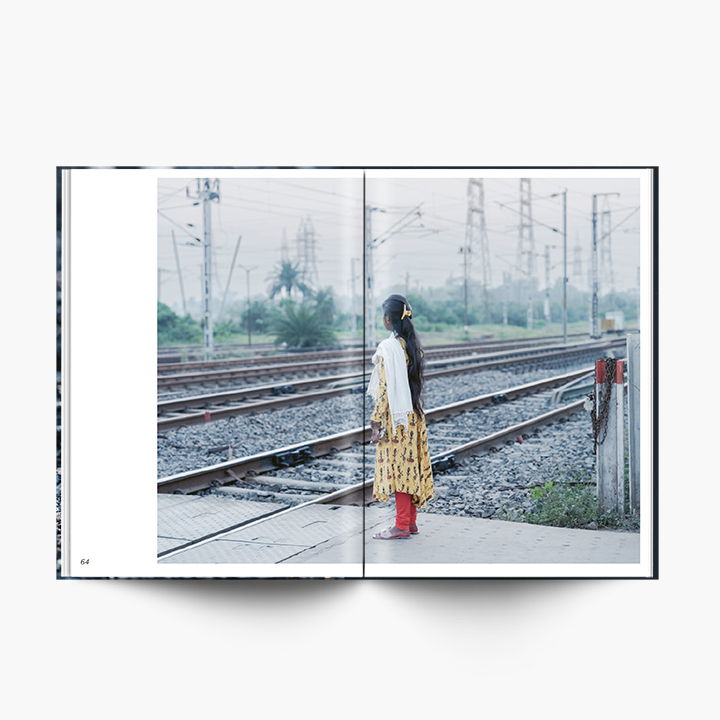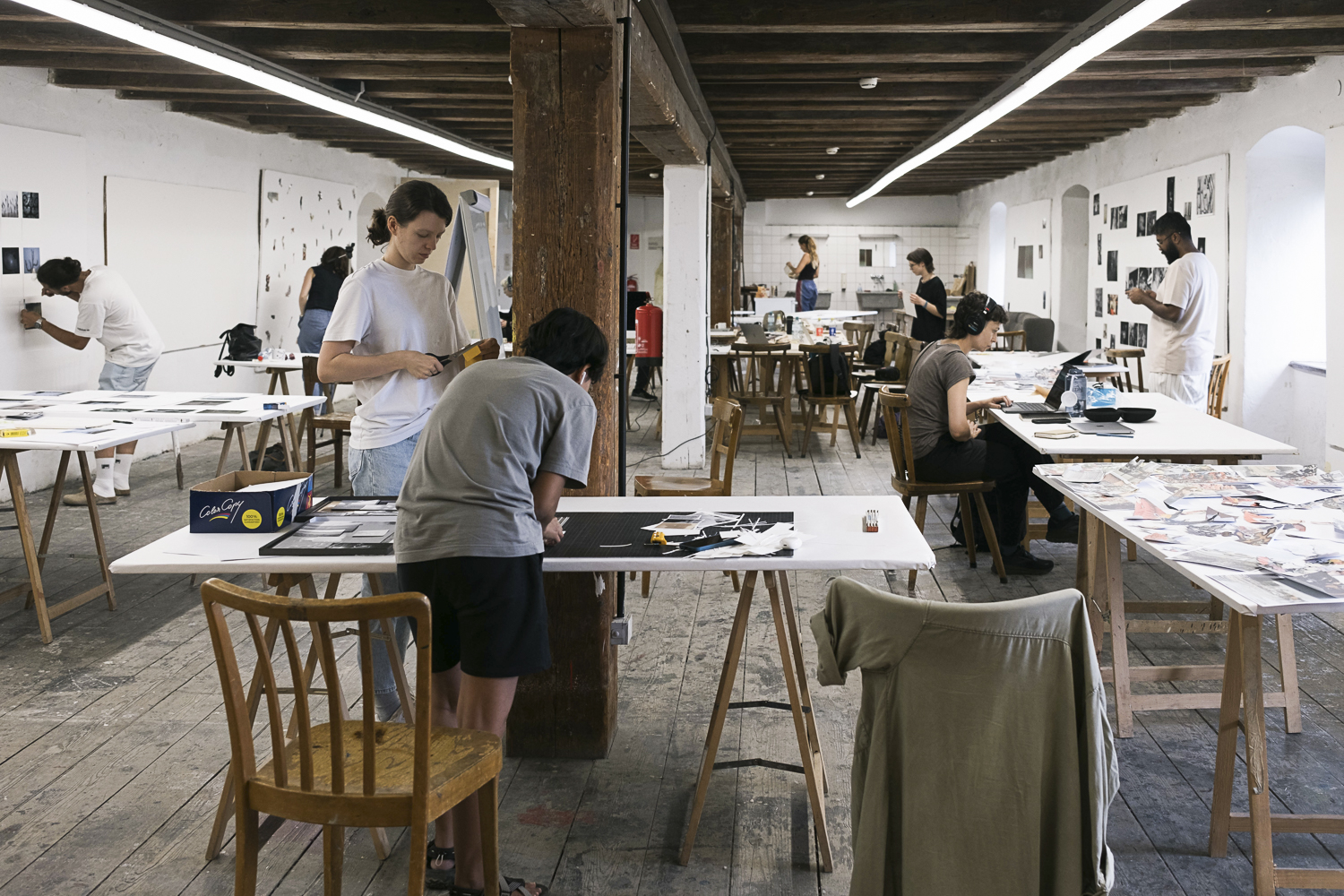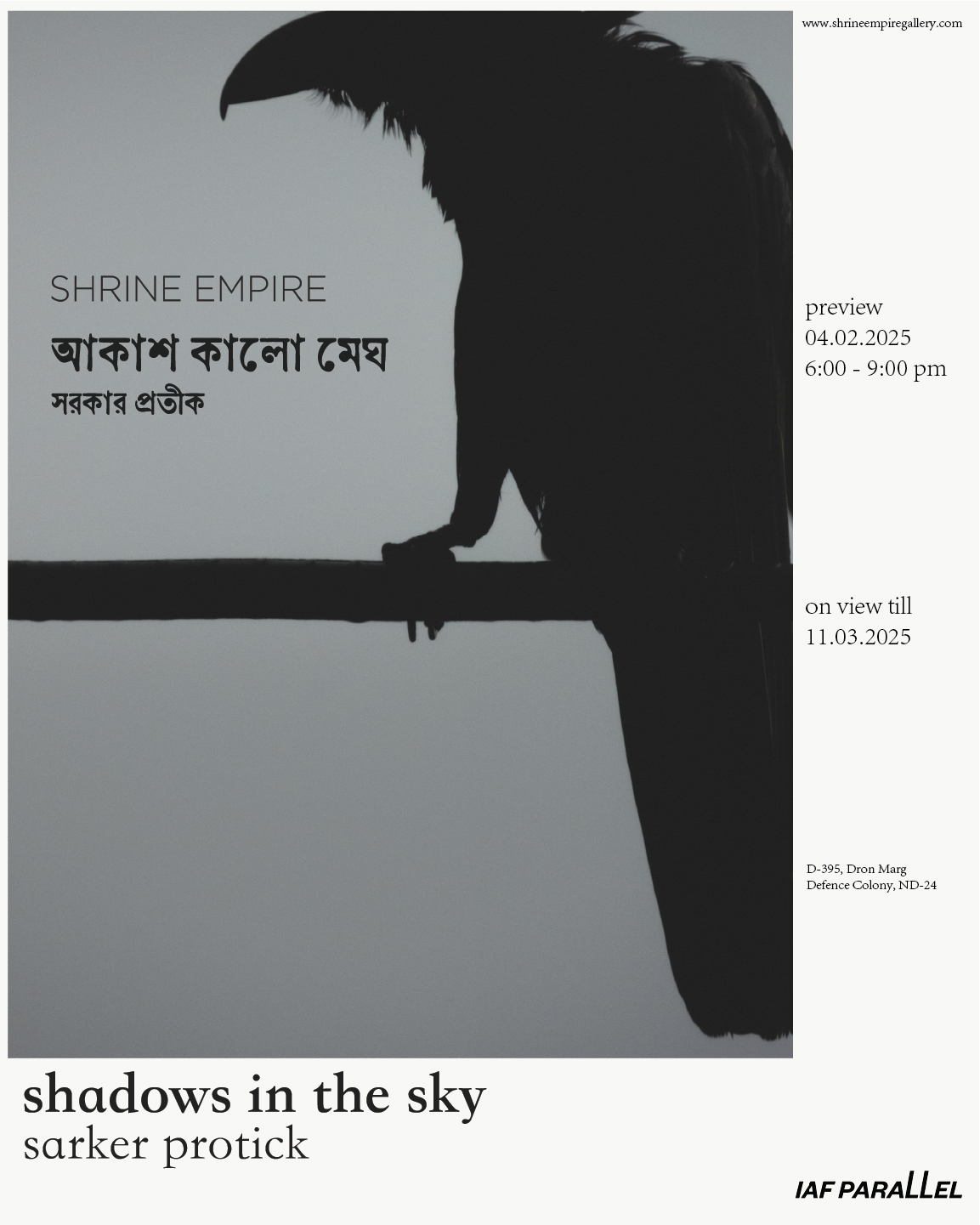AWNGAR
[AfterNature Monograph]






Hartmann Books 2024
ISBN 978-3-96070-114-9
2 Bände, 17 × 24 cm
128 und 124 Seiten, je 70 Abbildungen
Softcover
Deutsch, Englisch
If you are interested to get a copy you can directly get it from here: https://shop.co-berlin.org/produkt/after-nature/
The comprehensive essay ‘Photography in the Time of Extraction’ by Sria Chatterjee can be read here:
https://tinyurl.com/yfw3m323
I’m incredibly grateful to Nandini Chakravarty and Sria Chatterjee for their conversations during the book’s creation, and to Katharina Täschner for putting it all together when our entiire country was upside down.
CRESPO HAUS, Frankfurt
February 28—May 25, 2025Location Crespo Open Space, Weißfrauenstraße 1—3, 60311 Frankfurt
“Das preisgekrönte Projekt von Sarker Protick könnte für ökologische Fragen kaum von größerer Bedeutung sein. Es veranschaulicht die historische Rolle der Kohle als Energiequelle für die erste fossile Energiewirtschaft der Welt und als Auslöser des Klimawandels. Mit einer ebenso poetischen wie präzisen Bildsprache untersucht Sarker Protick die eng verbundenen Geschichten des Anthropozäns, des britischen Imperialismus und des Rohstoffabbaus auf dem indischen Subkontinent.”
Olga Smith
Newcastle University
আকাশ কাল মেঘ
[Shadows in the Sky]
Darkness dissolves as ink in the sky, pomegranate seeds erupt in a mother’s hand, and pillars of concrete stand unmoving, caught in the stupor of progress. The rain remains as a scent, an exuberant disorder, a lingering drop in the frame. In Akash Kalo Megh (Shadows in the Sky), Protick Sarkar excavates the circadian image, steeped in the minor durations that comprise the weft of biographical time—all the works on display germinate in his hometown of Dhaka, in the radius of the neighbourhood he has always lived in. Under the Dhaka sky, familiar images ripple against all that is altering at the speed of capital, scenes unfurl in lento in his mother’s home where time is not bent to history and tenderness and resilience abide, and in the prescient gaze of crows that move seamlessly from domestic architraves to the vast sky. Sarkar beholds his mother’s life in the minutiae of the everyday, the threads of her many selves—a woman, a worker, a mother—are interlaced with remnants of her past; a portrait punctuated by both song and silence. Through the window of her home, Sarkar observes a murder of crows—their oblique silhouettes as opaque, inscrutable, and enigmatic as their journeys in the sky. Treading the orbit of this neighbourhood are encounters with scaffolds of an unfinished railway track that is suspended in time, mirrored in the pools of rainwater gathered at their bay. These are relics of the many stalled projects to be found in the megacities of the Global South, hurtling towards an anaesthetic future. Claws of construction cranes frozen mid-air dot the horizon against which Sarkar makes portraits of his partner and others—a ritual of their walks through the detritus of development that skirts their neighbourhood, as life annotates even that which is forsaken. Drawing from the reservoir of lived time, Akash Kalo Megh dwells between the observed and that which escapes being known, the image and its ineluctable unconscious, the drenched sky and the light which arrives after the rain.
Text by Arushi Vats
Text by Arushi Vats

Constructed Worlds:
breaking down a photo series
22 July – 3 August 2024Sarker Protick














Summer Academy, photos by Helena Kalleitner.
World building is a pivotal process in literature for constructing immersive worlds within the confines of a story. It involves creating intricate landscapes, cultures, histories, and arrangements unique to the narrative universe. It not only provides a backdrop, but also adds depth, texture, and authenticity. The author invites readers into these alternate realities through detailed descriptions, consistent imagery, and richly developed characters.
The course will use ‘world-building’ as a basis for expansion to assess and gain a deeper understanding of how a photo series can develop further. What do our immediate natural environment and infrastructures represent about the current time or the future past? How do we utilize weather patterns, light, and atmosphere to introduce various cycles? How do form, color, or their absence influence different mind states? By examining the spatial histories of a place, utilizing personal accounts to shape directives, and selecting from various modes of image-making, distinctive qualities can be attained within a body of work.
Participants are encouraged to bring at least one ongoing series they are currently pursuing or wish to commit to long-term. Through collective discourse and exercises, one-on-one interactions, and artist-led lectures encompassing personal practice and other relevant works in photography, film, and books, the module aims to encourage students not to limit themselves to being image producers but also to become auteurs of their work.
︎ https://www.summeracademy.at/en/kurse/constructed-worlds-breaking-down-a-photo-series/

